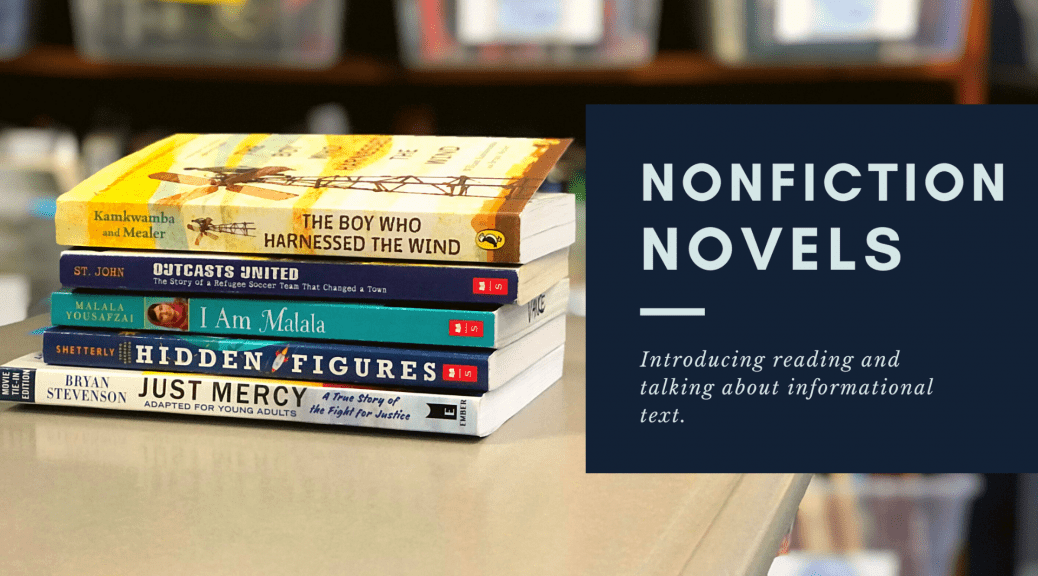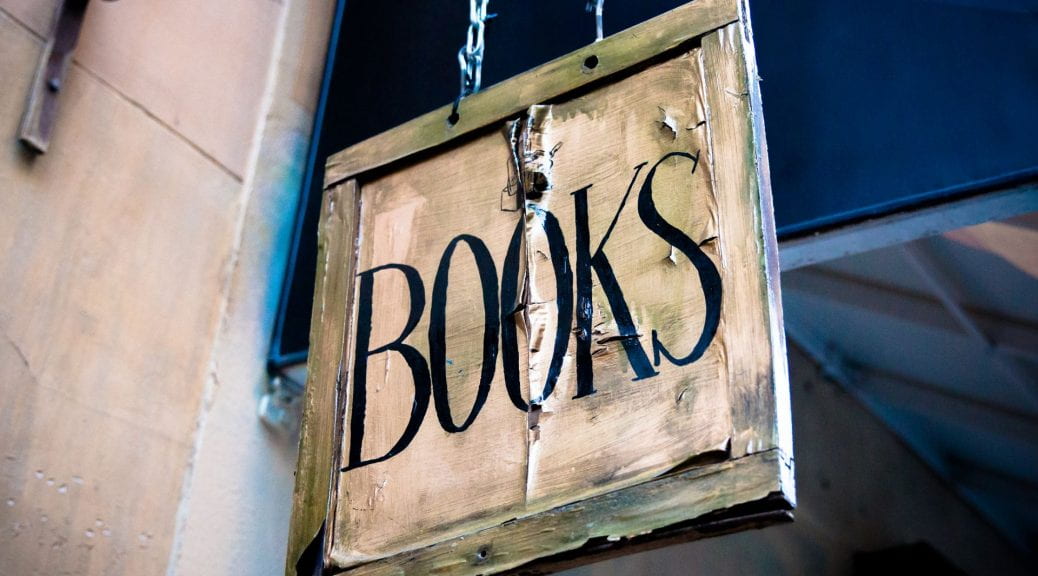
Nonfiction Novels
November’s books for the month are whole class and small group nonfiction novels. Nonfiction is generally more difficult reading and in the sixth grade our state test begins the shift of adding more nonfiction text. Nonfiction reading also helps students increase their background knowledge which is another key factor for student success.
Thanks to the funding of my Donors Choose projects, we have enough copies of books for every student! I am so grateful for the individual donors and the Equal Justice Initiative, who matched all donations for these projects. Our books were funded quickly and made this unit possible.
My 4th, 6th, and part of 9th period are all reading the novel The Boy Who Harnessed the Wind. The novel shares the story of William Kamkwamba, a Malawian who taught himself about electricity and built a working windmill that helped his family irrigate their maize crops during a major drought. We started the unit listening to William share his idea in a TED talk and we will end the unit watching the Netflix movie of this book. It will be our “before break” treat!
In 7th period, students are reading the founder of the Equal Justice Initiative’s book Just Mercy. The book retells the story of Bryan Stevenson starting his important organization, Equal Justice Initiative, which helps to release those wrongfully convicted. Two summers ago I had the opportunity to visit EJI and the museums and memorials they have built in Montgomery, Alabama. Reading this book and visiting these landmarks were eye-opening.
Small groups in 8th and 9th periods are reading the book Hidden Figures. Also, a major motion picture, this book shares the stories of four African-American women who worked for NASA helping to contribute to some of the United States’ greatest aeronautic successes.
Other small groups in 8th period are reading the book I Am Malala. Malala’s story tells of her survival after a horrific terrorist attack on her life. This event leads to her rising up as an activist for women’s education and her eventual receiving of the Nobel Peace Prize.
The last small group in 8th period is reading the novel Outcasts United. This is the story of a town greatly impacted by an influx of refugees and how a diverse group of these young boys helped change that town. Told in journalistic style, this soccer team and their coach share an inspiring, hopeful story.
While these books will help students to learn the necessary reading skills for analyzing nonfiction, it is my hope that they also connect with students on a deeper level.
